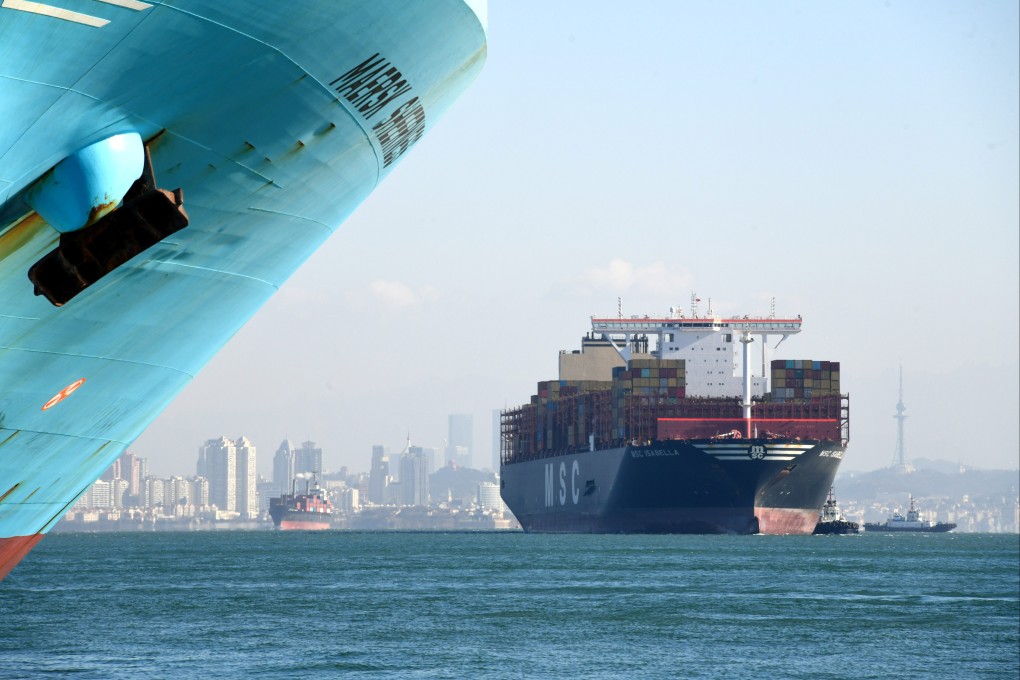Half of China’s GDP at risk of climate-related disaster by 2050, Sydney-based research firm XDI says
- Chinese provinces occupy 26 of the top 50 spots on a global list of states and provinces most at risk of climate-related disaster by 2050
- Nine Chinese jurisdictions, which account for more than half of China’s total economic output, top the list from climate researcher XDI

China’s biggest economic powerhouses, including Jiangsu and Shandong provinces, will be the most vulnerable places in the world to climate risks amounting to trillions of dollars in 2050, according to new research.
Nine of China’s provinces – accounting for more than half of the nation’s GDP – take up the top nine spots on a list of the states and provinces around the world that are most likely to suffer as natural disasters related to climate change become more extreme and frequent, putting lives and assets at risk.
The list, released on Monday by Cross Dependency Initiative (XDI), a Sydney-headquartered climate-change research firm, has 26 of China’s provinces in its top 50.
The analysis, titled “Gross Domestic Climate Risk”, calculated the physical climate risk to the built environment from hazards including flooding, extreme heat, forest fires, extreme wind and freezing-thawing cycles, evaluating 2,639 territories around the world.

Eighty per cent of the top 50 most at-risk states and provinces are in China, the United States and India, according to XDI. The ranking also showed that most of the states and provinces at highest risk of climate disaster are also economically crucial locally and globally.